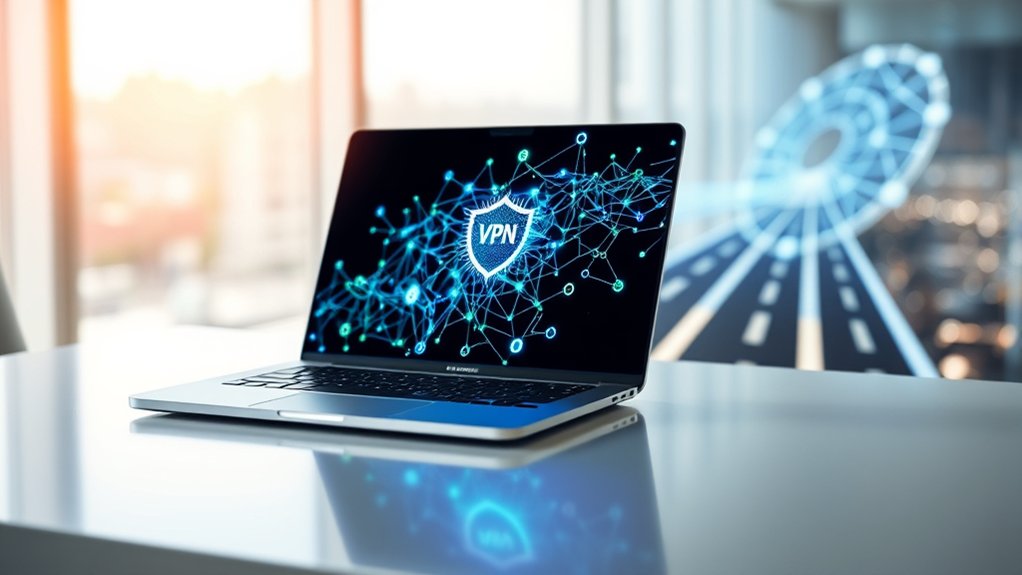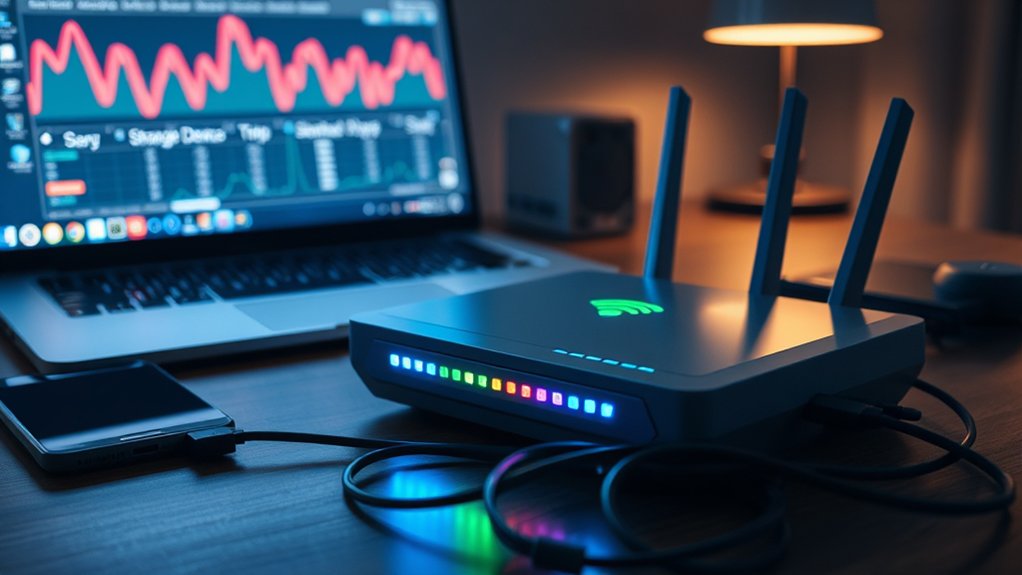Whitelisting an IP address in cybersecurity is a security measure that allows network access solely to a predetermined list of trusted IP addresses. This approach considerably reduces unauthorized access and improves overall security. Organizations implement IP whitelisting to mitigate risks such as breaches or phishing attacks, ensuring compliance with regulations. Yet, managing dynamic IPs and the potential for IP spoofing present notable challenges. Understanding these complexities is essential for effective cybersecurity strategies and their evolving nature.

In the domain of cybersecurity, IP whitelisting serves as a critical measure, restricting network access solely to a predetermined set of IP addresses deemed trustworthy. This security technique allows organizations to boost their defenses by limiting network interactions to IP addresses particularly approved through a structured list known as a whitelist. The primary purpose of IP whitelisting is to mitigate unauthorized access, thereby fortifying network security.
Operationally, network administrators compile lists of trusted IPs, which are then systematically checked against incoming requests. If an entering IP matches an entry on the whitelist, access is granted; otherwise, it is denied. This “deny all, permit some” philosophy promotes a stringent control mechanism ideal for environments where security is paramount, such as corporate servers or sensitive cloud applications. Given the increased prevalence of cyber threats, the adoption of IP whitelisting has become a favored strategy among organizations working for secure operations. Additionally, it plays a vital role in achieving compliance with regulations, enhancing trust and accountability.
Network administrators enforce a stringent “deny all, permit some” approach, ensuring only approved IPs gain access to sensitive environments.
The benefits of IP whitelisting are notable. By limiting access to a select group, it substantially reduces exposure to potential breaches, reducing hacking attempts and phishing incidents. Organizations can consequently protect sensitive data while guaranteeing compliance with regulatory access requirements. Furthermore, the structured approach improves efficiency, particularly for remote users, as they can securely connect without the risk of unauthorized access. Additionally, IP whitelisting serves as a straightforward method to prevent malicious outsider access by limiting connections to trusted IP addresses.
Despite its advantages, IP whitelisting does present challenges. For users relying on dynamic IP addresses, maintaining consistent access can complicate usage, necessitating frequent updates. In addition, security experts warn of risks related to IP spoofing, where malicious users might exploit whitelisted addresses to bypass security measures.
As a solution, organizations are encouraged to use centralized management tools for extensive oversight and regular updates to the whitelist. Experts highlight the necessity of a risk-based approach, advocating for thorough evaluation and documentation of all whitelisted entities to provide strong security protocols. Consequently, although IP whitelisting constitutes a powerful cybersecurity tool, it requires diligent management and adaptation to evolving threats.
Frequently Asked Questions
How Does IP Whitelisting Differ From IP Blacklisting?
IP whitelisting and blacklisting represent fundamentally different approaches to network security.
Whitelisting permits access exclusively to a defined set of trusted IP addresses, which improves control but requires meticulous list management.
Conversely, blacklisting denies access to a collection of known malicious IPs, adopting a more flexible “default-allow” stance.
Although blacklisting can be implemented rapidly, its coverage may falter against novel threats.
Expert analysis highlights that whitelisting effectively mitigates risks for sensitive environments.
Can Whitelisting Be Automated for Dynamic IP Addresses?
Whitelisting can certainly be automated for dynamic IP addresses, though challenges persist.
Experts advocate utilizing cloud VPN gateways and rule-based automation to manage IP changes effectively. For instance, modern solutions like GoodAccess improve the automation process, enabling centralized access control.
A notable study found that automated systems can reduce manual errors by up to 30%.
Nevertheless, continuous monitoring remains essential to prevent unauthorized access, emphasizing the importance of integrated security measures.
What Are the Risks of IP Whitelisting?
IP whitelisting presents several risks, including the potential for IP spoofing, which allows attackers to masquerade as trusted addresses. This vulnerability highlights the reliance on IP integrity, which can be easily compromised.
Additionally, the rigid nature of whitelisting can inadvertently block legitimate access and disrupt productivity. Compounding these issues, the challenges of managing dynamic IP addresses in large organizations often lead to administrative overhead and increased operational disruptions, rendering whitelisting less effective.
How Often Should Whitelists Be Reviewed or Updated?
Whitelists should undergo regular reviews and updates to guarantee security efficacy. Experts recommend revisiting whitelists at least quarterly, but more frequent assessments may be necessary in dynamic environments.
Regular updates improve security, reducing vulnerabilities associated with outdated entries. Additionally, compliance with sector regulations hinges on consistent reviews, which can prevent issues such as unauthorized access and productivity loss.
Automated tools facilitate this process, minimizing administrative burdens during the maintenance of ongoing accuracy in whitelist management.
Are There Alternatives to IP Whitelisting for Security?
Alternatives to IP whitelisting include multi-factor authentication (MFA), role-based access control (RBAC), and domain whitelisting.
These methods improve security by reducing reliance on static IP addresses. For instance, MFA requires multiple verification factors, considerably decreasing unauthorized access risk.
Furthermore, RBAC facilitates more granular permission structures.
According to cybersecurity expert Dr. Emily Carter, integrating cloud VPNs with these alternatives can further bolster remote access security during the maintenance of efficient access control measures across varying environments.









